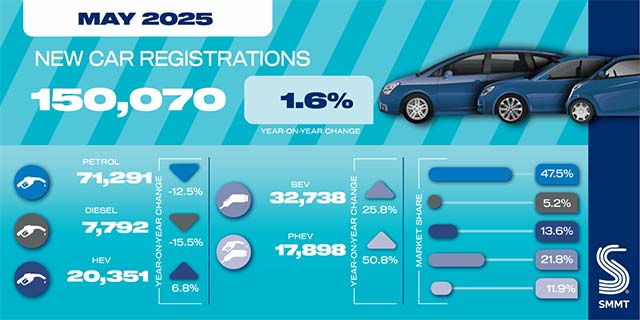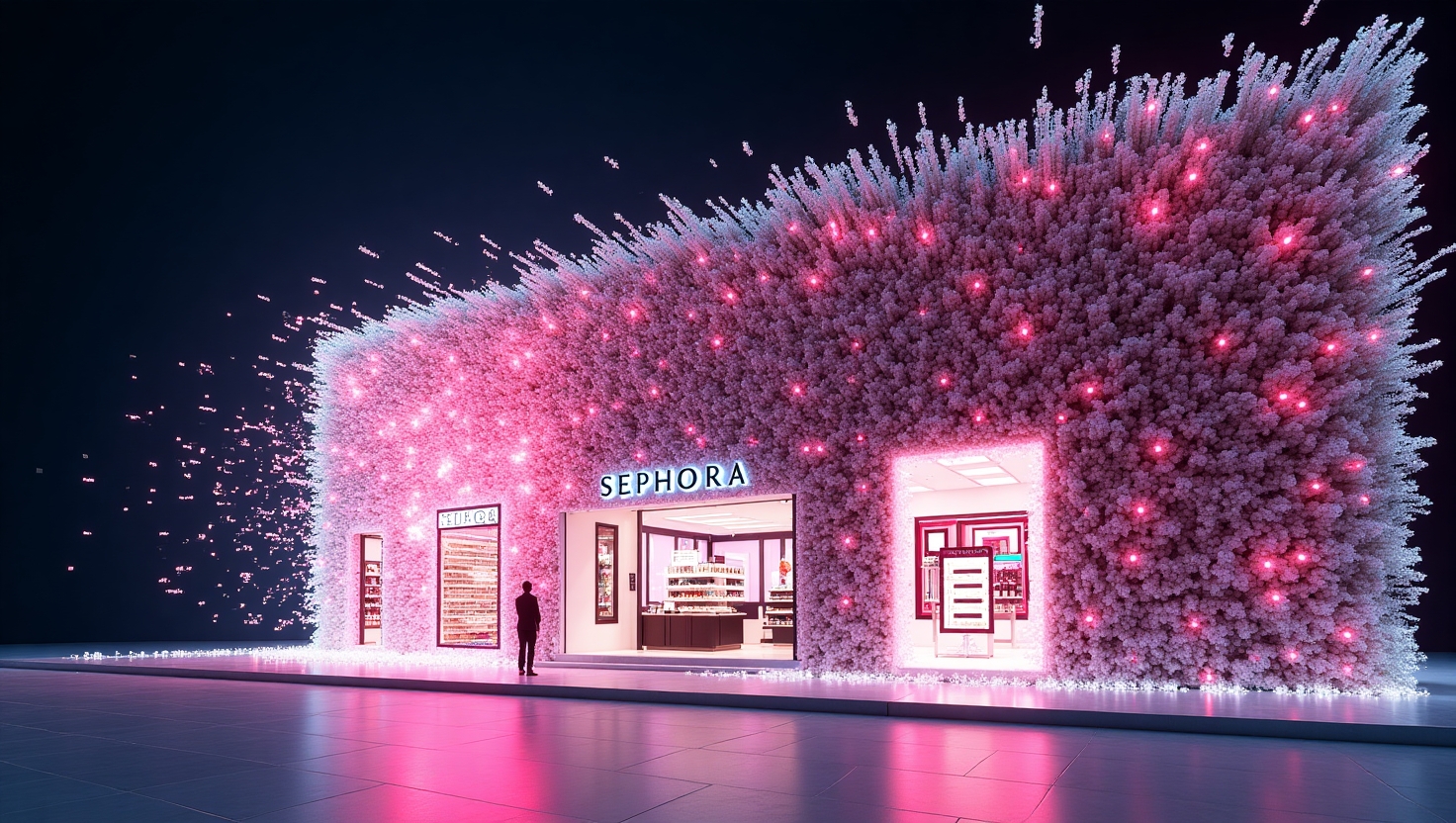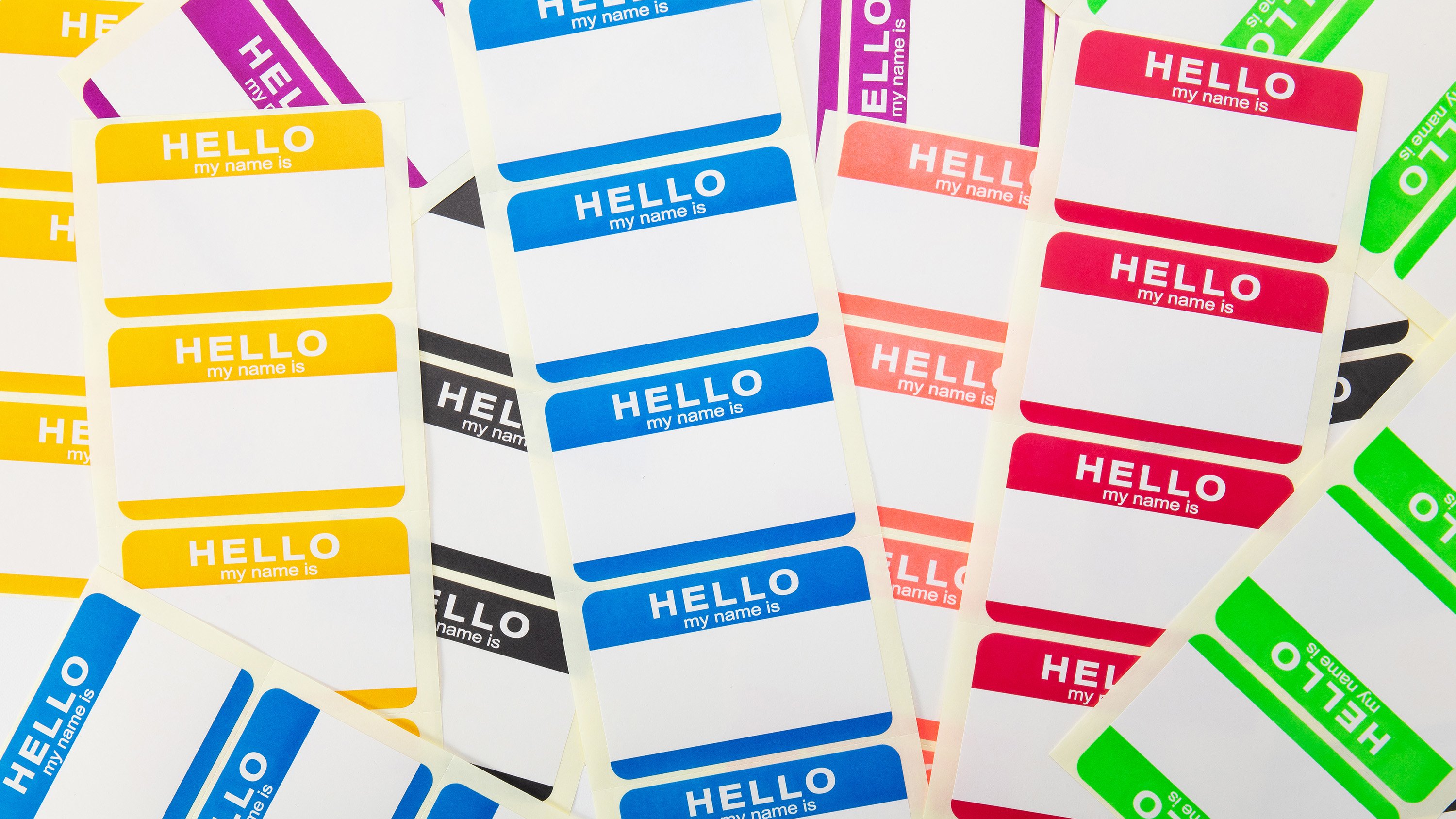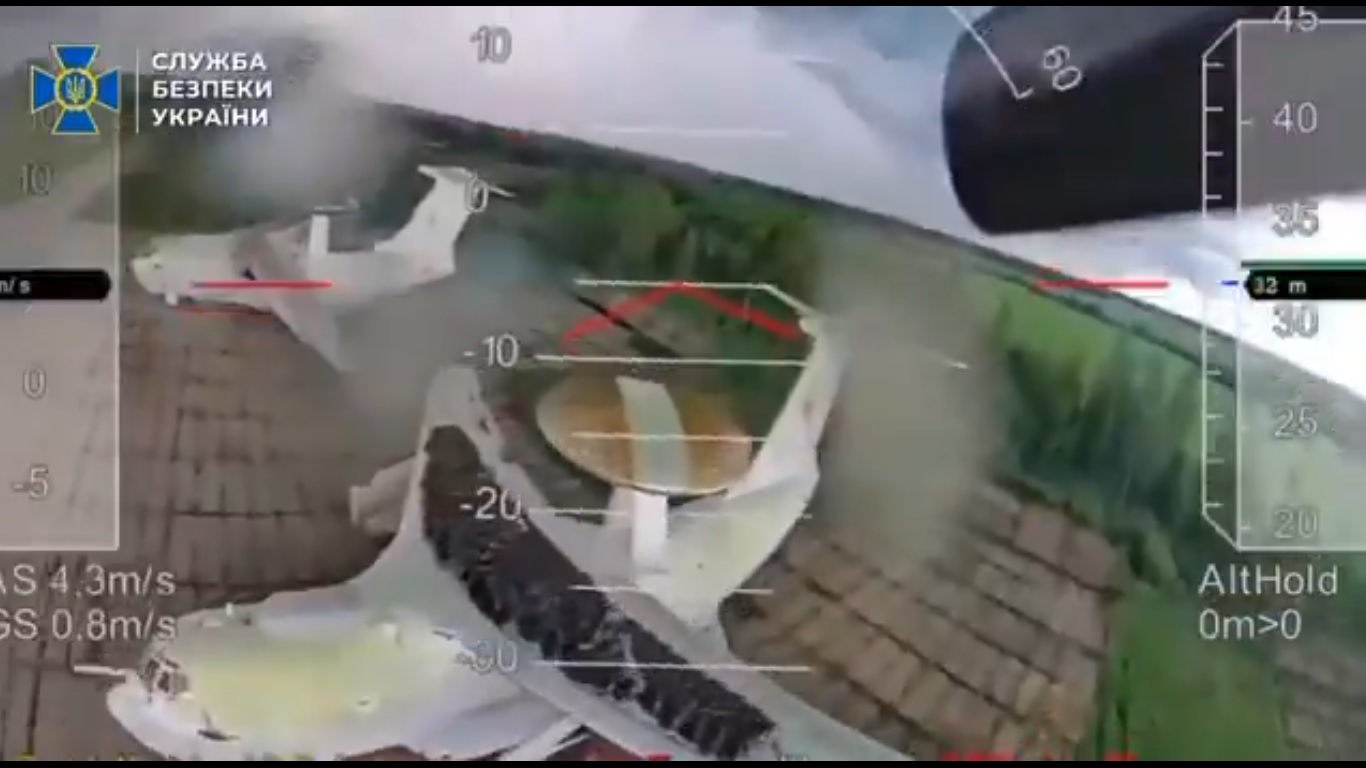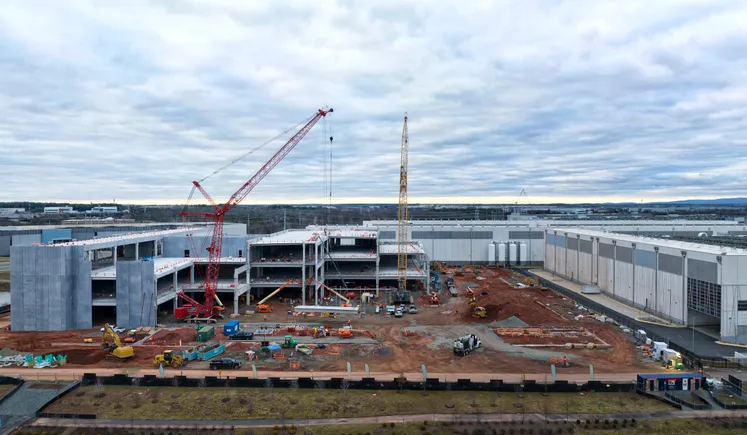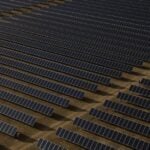Generalizing Gelatin Methacryloyl Granular Hydrogel Fabrication Using Stable Microgels with Predictable Stiffness
Advanced Healthcare Materials, EarlyView.

Gelatin methacryloyl (GelMA) granular hydrogel scaffolds (GHS) are fabricated using a generalized two-step photocrosslinking approach to yield stable (non-dissolving) microgels suitable for in situ covalent assembly under physiological conditions. A phase diagram is developed to define the interplay between individual microgel stability and scaffold formation capability, and a regression model is obtained to predict the local stiffness of scaffolds based on key fabrication variables. This work establishes design principles for stable, in situ forming GelMA GHS for translational biomedical use.
Abstract
Gelatin methacryloyl (GelMA) granular hydrogel scaffolds (GHS) outperform their bulk, nanoporous hydrogel counterparts in regenerative engineering as a result of cell-scale tunable interconnected void spaces among assembled microgel building blocks. Conventional GelMA GHS fabrication is based on jamming physically crosslinked GelMA microgels below the sol–gel transition temperature, followed by chemical crosslinking to form inter- and intra-microgel covalent bonds. Thus, the in situ formation of GelMA GHS on tissues is impaired by the phase transition (dissolution) of physically crosslinked microgels at the physiological temperature. Partially crosslinked GelMA microgels have been investigated for GHS fabrication, yet a comprehensive understanding of how sequential crosslinking influences microgel characteristics and overall scaffold properties remains unexplored. Free radical photopolymerization is commonly used for GelMA photocrosslinking; however, the tradeoff between microgel stability and covalent assembly remains unknown. Here, GelMA GHS fabrication is generalized using stable microgels via a two-step photocrosslinking approach, and a phase diagram is developed based on the relationships between microgel stability (individual microgel photocrosslinking, step 1) and the scaffold formation capability (photocrosslinking of jammed microgels, step 2). Additionally, a regression model is developed via the Box-Behnken design to predict the mechanical properties of bulk GelMA, resembling the microgels, based on key GHS fabrication variables. This work paves the way for fabricating in situ forming GelMA GHS using stable microgels for a broad range of translational biomedical applications in physiological conditions.























